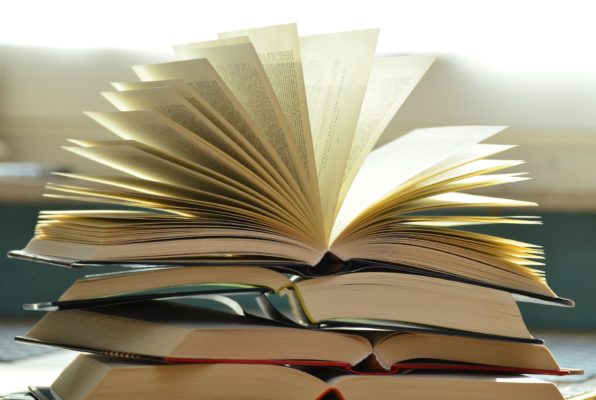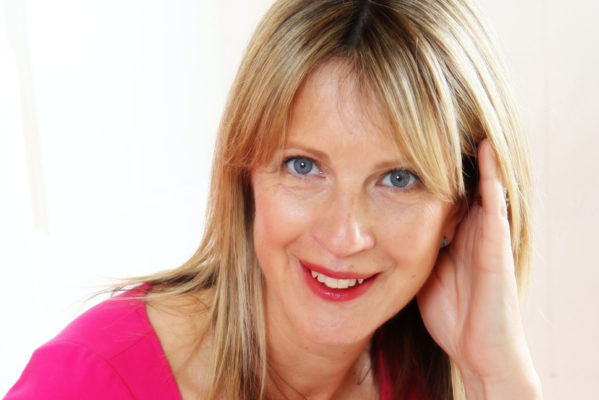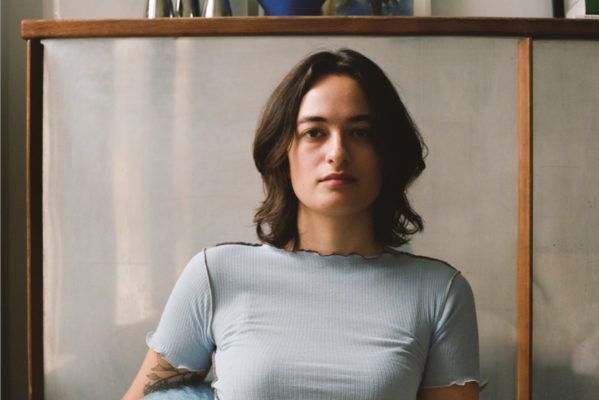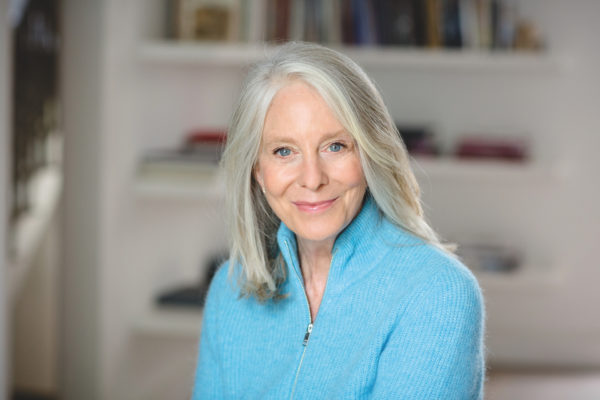C&TH Book Club: The Golden Mole by Katherine Rundell
By
1 year ago
A treasury of endangered animals
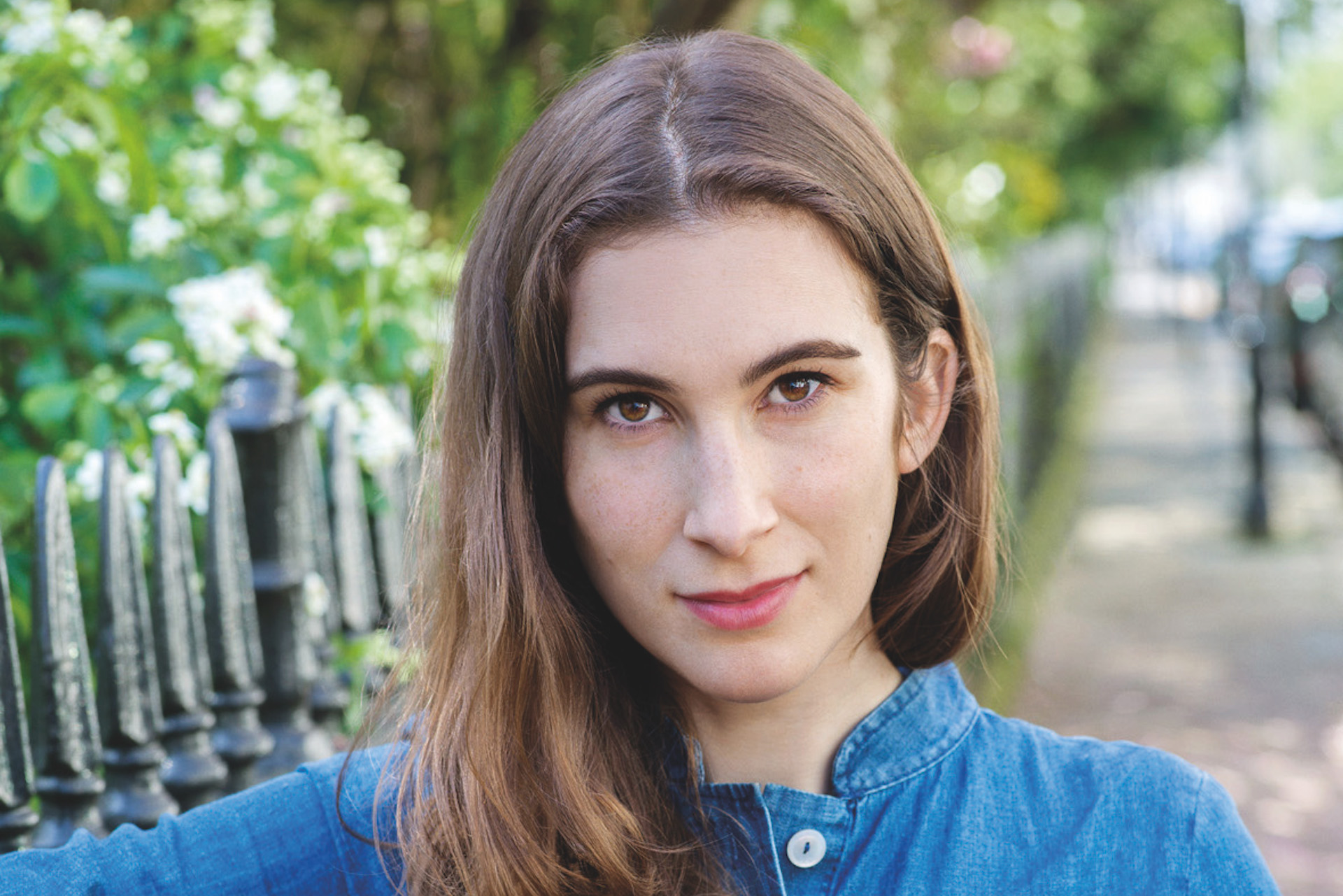
In November’s C&TH Book Club, Belinda Bamber talks to Katherine Rundell about her new book, The Golden Mole, a gilt-edged treasury of animals that invites readers to reopen their eyes to the endangered glories of the natural world. Katherine has also just won the Baillie Gifford Prize for Non Fiction 2022 for her previous book, Super-Infinite: The Transformations of John Donne, a biography of the poet.
Main image courtesy of Nina Subin
Interview With Katherine Rundell, Author Of The Golden Mole – C&TH Book Club
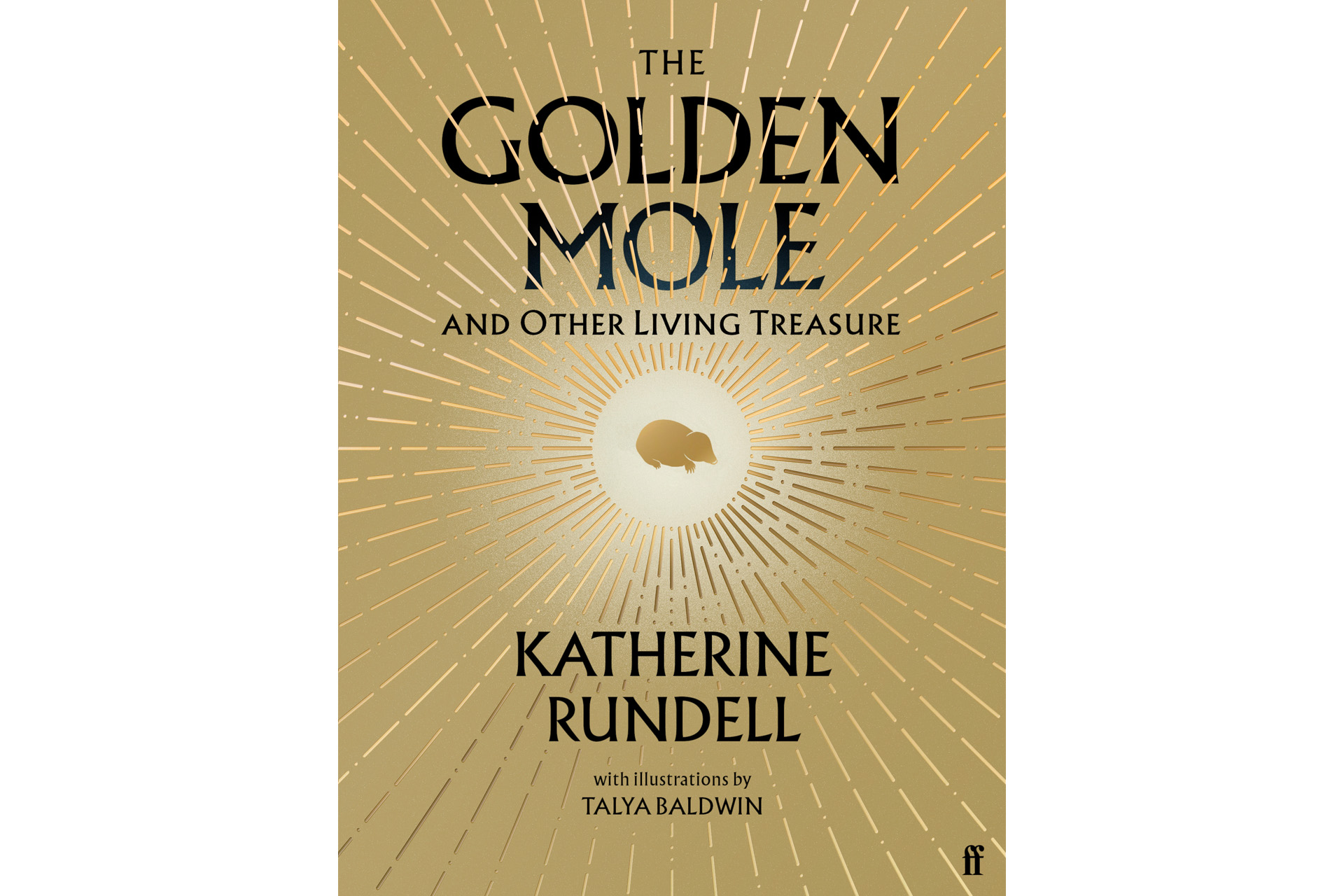
Belinda Bamber: The Golden Mole includes 22 animals in your bestiary of ‘living treasures’ at risk, ranging from the familiar hedgehog to the exotic narwhal. I’m giving it to everyone I know for Christmas. How did you make your selection?
Katherine Rundell: Thank you! I’m delighted to think of it being exchanged at Christmas. The only firm criterion for the animals was that a species or sub-species be endangered – which, dismayingly, is true for almost every species on Earth. Beyond that, I wanted to choose a mixture of animals with which we are unfamiliar – like, as you say, narwhals (at least one of my friends – a very competent adult in his forties – believed them to be mythical until he read the book) and animals where I could try to offer a fresh take on something you see daily: the aim would be, once you’ve read about crows being able to operate vending machines, or the old English belief in women who could change into hares, you will see them with fresher and sharper eyes.
And the final criterion was just love: creatures I longed to have an excuse to spend a month or so reading books about. The Golden Mole – the only iridescent mammal, which does not know that it shines – is one of my favourites – and lent itself to the broader idea of golden and treasure. (In the sense that, what is the finest treasure? It’s the living world, and the earth it depends on.)
BB: Your chapters interweave philosophy, myth and anecdote. Do you keep a commonplace book?
KR: I do! I have several full notebooks, and a cascade of notes on my phone, many of which I’ll never use. Frank Cottrell Boyce, a writer I admire hugely, always says that writers should keep a diary: but that it should be by force limited to a single sentence a day: the most interesting, funniest, saddest thing you heard that day, so that at the end of the year you have 365 interesting sentences. I’m imperfect at keeping up with it, but I love the idea. Often my single sentence will be a note of something I read about the natural world.
I also have the luck that because I’ve been writing about animals in the LRB for several years, people sometimes send me stories and myths and anecdotes about animals: which I’m always very grateful for.
BB: You’re a Fellow of All Souls, Oxford, and published an acclaimed book, Super-Infinite, on John Donne this year. Where do your adventure stories for children fit in?
KR: I love children’s books for the huge possibilities they offer: for vivid writing, wild imaginings. Children’s writing necessitates its own particular discipline, and I find that discipline a delight and a challenge: you need you to distil enormous ideas – ideas about our most vulnerable heart – into something tight and memorable. I think that challenge appealed to me: and the books I read as a child remain some of the most important to me, even now.
BB: How do your academic colleagues react to having a free-spirited polymath in their midst?
KR: My colleagues at All Souls have always been very generous about my slightly idiosyncratic career!
BB: Your childhood in Zimbabwe sounds idyllic. How did your upbringing influence The Golden Mole?
KR: Like many children, I loved being in the presence of wild creatures: it felt like a privilege and solace, if a bird or a rock hyrax or an impala might allow you to come very briefly near it. It felt like a wonder to me. And I think perhaps with The Golden Mole I wanted to imagine what that wonder might look like in adulthood: when it has to be wider, sturdier, tougher and more disciplined, more able to encompass the realities of the world’s chaos.
BB: I’ve read with awe that you climb rooftops, walk tightropes and start the day with a cartwheel…
KR: Ha, thank you! – I should say, I no longer start a day with a cartwheel: I was much younger then, and if I were to cartwheel in my flat in London, I would collide mid-cart with the wall. But the rooftop climbing is mostly for joy – for the view, for seeing a city from above (especially cities like London, where so much of the built landscape is inaccessible, owned by hugely wealthy corporations) and also for the pleasure of trusting your own body: of unmooring your sense of danger from your sense of beauty: of trusting your hands and legs to do as you tell them, when you are up high.
BB: The alive-ness of your interest in the world electrifies and connects all your work. Do you worry that it’s filtered through a screen or smartphone for many children?
KR: I think we’re right to be sceptical about social media in particular. I know – so many of us, children and adults – use it to calm and distract ourselves: which feels a brittle, difficult way to move through the world: Tiktok and Instagram can eat up your hours but they’re not large enough, not clear enough, not bold or generous enough. Tap them and they ring like money.
BB: You write in The Golden Mole: ‘We wake in the morning and as we put on our trousers we should remember the seahorse and we should scream with awe and not stop screaming until we fall asleep…’ Half the book’s royalties are going to charity, which ones?
KR: The World Wildlife Fund for land, whose work I’ve admire all my life, and a wonderful small charity called Blue Ventures for the sea.
BB: What can we, as readers and individuals, do to help?
KR: I think there are the things that we’re all, now, aware of: eat less meat; reinvest what money we might have in funds which have divested themselves of fossil fuels; own less; treat domestic flights as the behaviour of the malarially unhinged. Those are important; in part, as the activist Wendell Berry says, as a kind of speech: they assure yourself and those around you that you mean what you say. But it’s primarily a political problem, which will need political answers: we will need governments that believe in global cooperation, that will have the will and purpose and courage to make bold decision for the sake of the future of the planet.
BB: Your sense of wonder about the creatures you write about is infectious. Who inspires you in environmental activism?
KR: There are many writers about the environment whose work I love, who write urgently and well about climate change, either directly or indirectly: Wendell Berry, Frantz Fanon, Naomi Klein, George Monbiot, Greta Thunberg, Marilynne Robinson. But I think the thing that is most galvanic is the natural world itself, and the increasingly terrifyingly visible truth of its peril.
BB: You’ve said that: ‘reading is almost exactly the same as cartwheeling: it turns the world upside down and leaves you breathless.’ Which current books leave you breathless?
KR: I was recently part of a Royal Society of Literature committee that involved, in the search of Fellows from further afield, reading a lot of literature in translation, so I have just recently fallen in love with the novels of Yoko Ogawa and The Shape of the Ruins by Juan Gabriel Vásquez.
BB: ‘There is nothing like climbing a drainpipe at night to remind you just how dark dark can be’ is a line from Rooftoppers. Do you like to live dangerously?
It’s not so much that I seek out danger, in itself – but there are things that I love that do include a small amount of danger, and negotiating that is part of the work you do in order to have, for instance, the beauty of the view from the top of Centre Point in London, outside, in the middle of the night, looking out at a sleeping London. That’s something to cherish, that beauty – so I don’t mind a little bit of fear, mixed in.
BB: What’s your next book?
KR: My next book, which I hope will be out in about a year, will be another children’s novel – I’m working on it now, and I think, after deleting quite a lot of it, and starting again, it’s finally falling into place, and I have that fantastic feeling of something that is, after a lot of false starts, finally taking off. I’ve had a novel for adults for a long time – it’s something I work at in snatched moments, late at night, so I think it won’t happen for a fair few years: but I hope to finish it eventually.
BB: Can we look forward to follow-up editions of The Golden Mole?
KR: If enough people buy it to persuade a publisher to buy it, I’d love to! It is, I think, my favourite form of writing: it’s the closest my work gets to pure delight.
BB: If you could travel anywhere in the world to study the animal of your choice…?
KR: In a dream world – I don’t think this will ever happen – I’ve never seen a hummingbird (there are none in Europe: people who think they’ve seen one have usually seen a hummingbird hawk moth) so I would love to go to Cuba to see the Bee Hummingbird – the smallest bird in the world, which weighs less than two grams. They have iridescent throats, and are just five and a half centimetres long – barely the length of a finger.
BB: I was struck by a phrase in Super-Infinite, that ‘we are haunted animals’. In The Golden Mole you manage to retain optimism about the human race, despite our thoughtless sabotage of this beautiful planet. You write: ‘Like the golden mole, we too have a radiance invisible to ourselves.’ What makes you optimistic?
KR: I’m not sure that I’m an optimist, exactly – there are too many, too starkly clear ways for us to destroy ourselves and everything around us – but we have in us such huge, vertiginously deep potential: we have the capacity and technologies to bring about vast change for the better. I think there has never been a time in human history when we haven’t taken ourselves by surprise. I’m neither an optimist nor a pessimist – more, a possibilityist.




